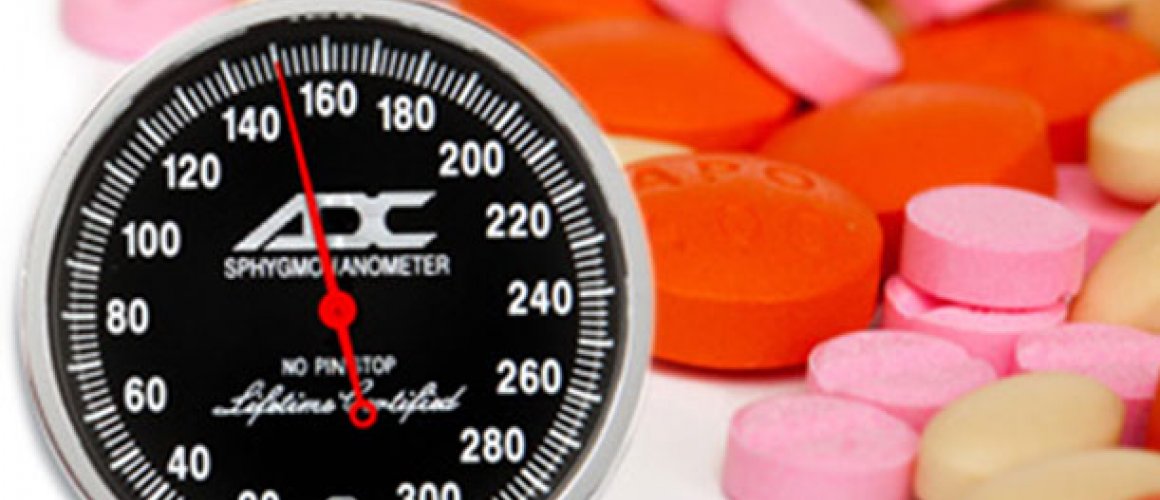- Products
- New Products
- Featured Products
- Color and Print Themes
- Blood Pressure Measurement
- NIBP / Vital Sign Monitors
- Digital Aneroid Sphygmomanometers
- Palm Aneroid Sphygmomanometers
- Pocket Aneroid Sphygmomanometers
- Pro's Combo Sphygmomanometers
- Multicuff Sphygmomanometers
- Clock Aneroid Sphygmomanometers
- Mercury Sphygmomanometers
- Home Blood Pressure Measurement
- Adcuff +
- Gauges
- Bulb & Valves
- Disposable Cuffs
- Reusable Cuffs & Bladders
- Sphygmomanometer Accessories
- Sphygmomanometer Parts
- Caseware
- CPR / Airway
- EENT
- Instruments & Accessories
- Laryngoscopes
- Penlights
- Pulse Oximeters
- Stethoscopes
- Thermometry
- Vital Signs Monitors
- Solutions
- About ADC
- Learning Center
- Support
- Blog
- Contact
New Guidelines on Recommending Drug Therapy for Hypertension

Written By:
Marc Blitstein / President & CEO
Posted On:
December 27, 2013
The Joint National Committee, (JNC) comprised of professionals from the American College of Cardiology (ACC) and the American Heart Association (AHA) after years of study, raised the thresholds needed to trigger drug therapy to treat hypertension. Previously, for individuals 60 or older, systolic values over 140mmHg or diastolic pressure of 90mmHg or higher were the trigger points. For younger hypertensive patients, or those with chronic kidney disease or diabetes (regardless of age), treatment was recommended when systolic was over 130mmHg and diastolic over 80mmHg.
The new guidelines raise the threshold for patients over 60 to 150/90 and for younger hypertensive patients to 140/90.
Why the change? According to the authors, the new higher thresholds were developed after reviewing evidence from randomized, controlled trials. The guideline was focused on three specific questions regarding the blood pressure thresholds used to initiate treatment, blood pressure goals, and appropriate drugs. This approach differed from one undertaken in a previous JNC announcement on the same subject and as a result, came to different conclusions.
According to the authors of the Medpage Today article, there's some debate over the merits of this change. Obviously, if followed, it will result in fewer prescriptions for hypertension drug therapy, which in the short run will save the healthcare system money. But many experts remained concerned that long term, outcomes could be worse as more patients suffer cardiac events brought on by the higher average BP values that the new recommendations allow.
.jpg) While the debate rages on, one thing is clear. Regardless of the threshold values adopted, hypertensive patients should monitor their BP, preferably at home on a regular basis. Only through long term observation of rested BP, can physicians make informed decisions on proper treatment. ADC's Advantage™ line of home blood pressure monitors are feature rich and competitively priced. Learn more about our Advantage™ line of instruments by visiting the Home Blood Pressure section of our website.
While the debate rages on, one thing is clear. Regardless of the threshold values adopted, hypertensive patients should monitor their BP, preferably at home on a regular basis. Only through long term observation of rested BP, can physicians make informed decisions on proper treatment. ADC's Advantage™ line of home blood pressure monitors are feature rich and competitively priced. Learn more about our Advantage™ line of instruments by visiting the Home Blood Pressure section of our website.
For a complete transcript of the article, visit the Medpage Today page.
